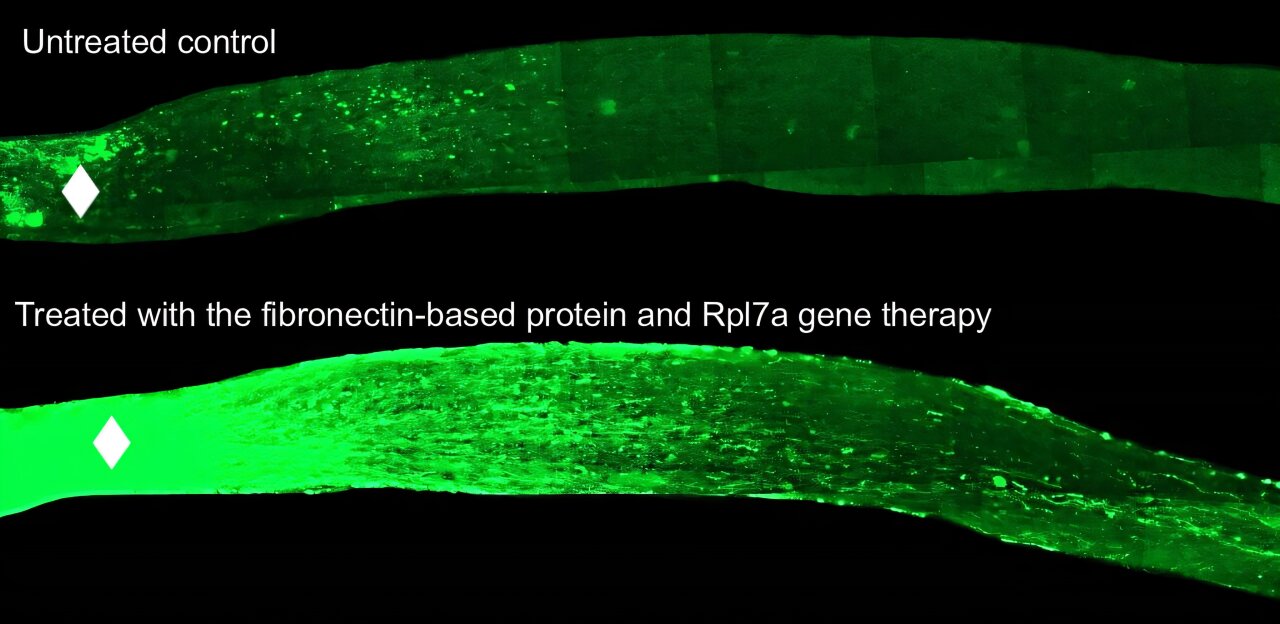
A University of Houston engineering team has developed wearable sensors to examine eye movement to assess brain disorders or damage to the brain. Many brain diseases and problems show up as eye symptoms, often before other symptoms appear.
You see, eyes are not merely a window into the soul, as poets would have it. These incredibly precious organs are also an extension of the brain and can provide early warning signs of brain-related disorders and information on what causes them. Examining the eyes can also help track the progression and symptoms of physical and mental shocks to the brain.
Researchers say current eye-tracking systems have flaws and deliver insufficient amounts of data. Plus, they’re bulky, with multiple electrodes on the face and neck, expensive and have weak outputs.
The new method, developed in the UH lab of Jae-Hyun Ryou, associate professor of mechanical engineering, with assistance from Nam-In Kim, post-doctoral researcher, is non-invasive, comfortably wearable, and safe, enabling easy and continuous measurements and monitoring of eyeball movements when combined with a hand-held display and computing device.
The new sensors are sleek and flexible, made from very thin, crystal-like film that generates electricity when it bends or moves. That’s a phenomenon called the piezoelectricity effect, and it allows certain materials to generate an electric charge in response to applied mechanical stress.

The output voltages from upper, mid, and lower sensors, or transducers, on different temple areas generate discernable patterns of voltage.
“Skin-attachable wearable sensors for monitoring vital signs and biomedical parameters are components of great importance in personal health care and portable diagnostic systems,” reports Ryou in Advanced Healthcare Materials.
“Among them, thin-film piezoelectric sensors offer unique advantages of easy fabrication at low cost, a wide range of available sizes, lightweight, excellent mechanical flexibility and stability, rapid reaction rate, high sensitivity, high signal-to-noise ratio and excellent long-term stability and durability.”
“The new sensors are easy to wear and can be used in brain-eye relationship studies to evaluate the brain’s functional integrity,” he said.
Intense focus on disease
Ophthalmological assessments of eye blinking patterns have been used for early diagnosis of disorders such as stroke, multiple sclerosis, Parkinson’s disease and Alzheimer’s disease. Also, ocular movements are strongly linked to various brain disorders, as eyeball and upper eyelid controls are affected by brain function.
In former studies, aberrant blink rate and blink modulation was measured in children with attention-deficit hyperactivity disorder with the spontaneous blink being a measure of the integrity of the dopaminergic system in the brain. Motor neurons in the brain, which relate to eyes and their muscle, have also been associated with autism.
“We believe that the F-PEMSA can be employed in many clinical studies concerning brain disorder conditions such as ADHD, autism, Alzheimer’s disease and Parkinson’s disease as well as the aftermath of traumatic brain injuries like post-concussion syndrome and post-traumatic stress disorder, potentially offering the prospect of early and accurate diagnoses and the development of personalized therapies,” said Ryou.
More information:
Nam‐In Kim et al, Skin‐Attached Arrayed Piezoelectric Sensors for Continuous and Safe Monitoring of Oculomotor Movements, Advanced Healthcare Materials (2024). DOI: 10.1002/adhm.202303581
Citation:
Assessing brain disorders: New eye sensors use special material that generates electricity when it bends (2024, September 16)
retrieved 21 September 2024
from https://medicalxpress.com/news/2024-09-brain-disorders-eye-sensors-special.html
This document is subject to copyright. Apart from any fair dealing for the purpose of private study or research, no
part may be reproduced without the written permission. The content is provided for information purposes only.


